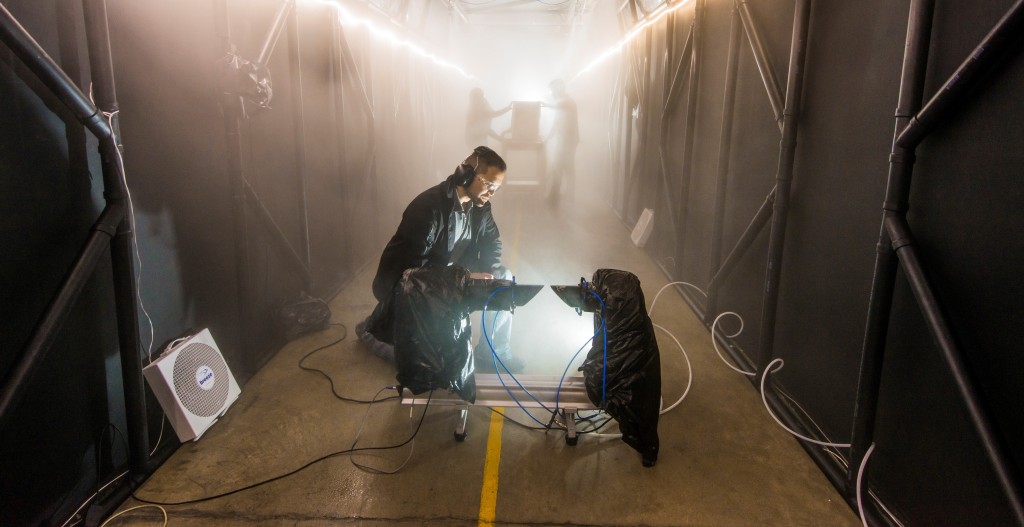Whether it is the ability to monitor a sensitive area or prevent unauthorized access to equipment such as grid or critical infrastructure controls, physical security systems in the Arctic must be reliable and sustainable. Physical security equipment and systems in the Arctic must meet the requirements of their users in a region that is vast, where conditions are harsh, and existing infrastructure may be sparse.
What We Do
Sandia’s leadership in physical security stems from decades of work securing high-consequence facilities against theft and sabotage. Used across the DOE enterprise and by other U.S. and international agencies, performance-based physical security design specifically defines a facility’s characteristics, vulnerabilities, and all the potential security risks, including an adversary’s capabilities. Its central concept ensures that the time intruders need to steal materials or sabotage a facility exceeds the time responders need to stop them in a fully integrated system.
Armed with that analysis, Sandia designs physical protection systems that are customized to meet a specific facility’s needs.
Unique Physical Security Expertise and Capabilities


An increased ability to travel in the Arctic for longer periods of time may mean that previously inaccessible or infrequently monitored areas become of interest for national and environmental security purposes. Sandia’s unique physical security expertise and capabilities may enable the physical security resources needed to prevent or respond to Arctic security events and emerging security challenges.